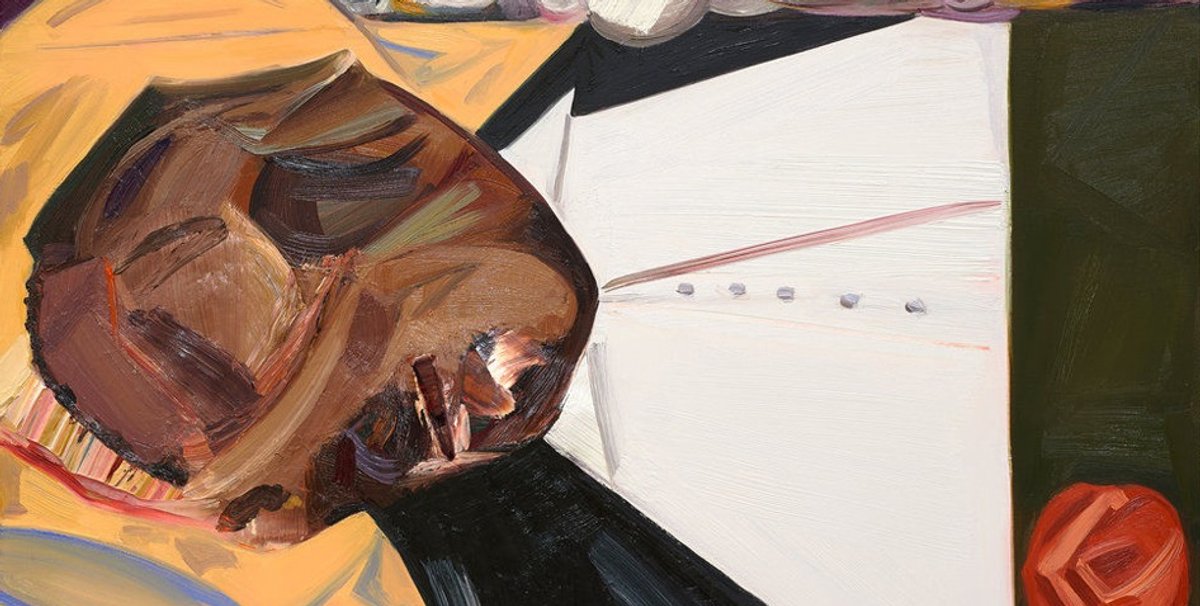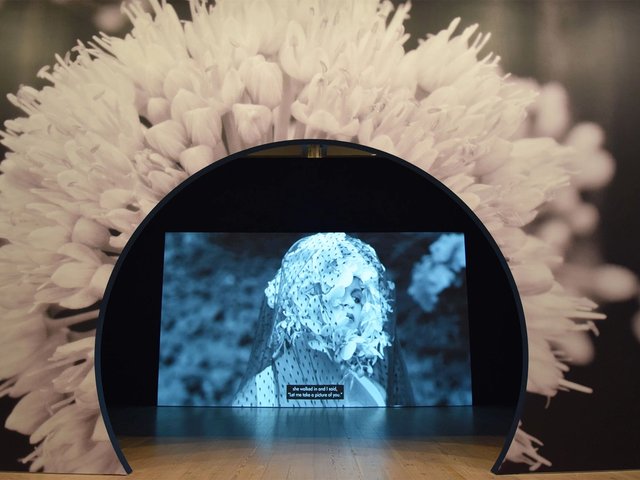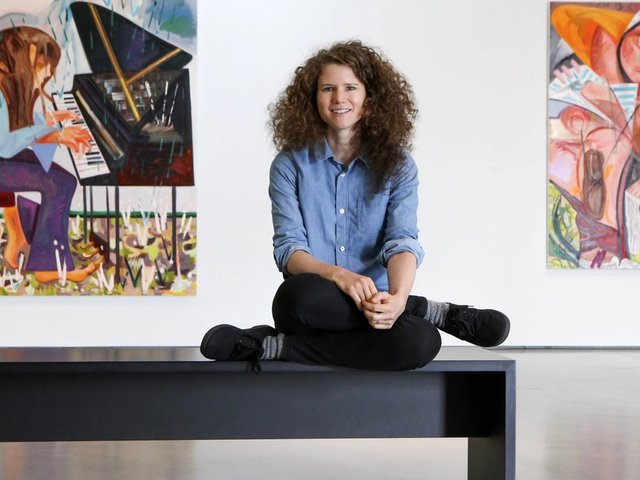A painting in New York’s Whitney Biennial, Open Casket by the artist Dana Schutz—depicting the body of Emmett Till, an African American teenager who was lynched in 1955—has raised a storm of controversy that has reached far beyond the art world. Critics of the work say a white artist has no business appropriating an image of brutal violence against black youth, and have called for the painting to be destroyed, while supporters have defended Schutz’s right to free speech.
Till was a 14-year-old boy from Chicago who was visiting family in Mississippi. After a white woman accused him of flirting with her—a story she recanted decades later—was kidnapped by the woman’s husband and another man, beaten and shot. When his body was recovered and returned to his mother in Chicago, she insisted on an open casket funeral, saying: “Let the people see what I’ve seen.” A photograph of Till’s disfigured face was published in The Chicago Defender and Jet magazine, and became a rallying point for the Civil Rights Movement. Schutz’s painting takes this photograph as its inspiration, but does not exactly recreate it.
The controversy over the work started with an open letter by the artist Hannah Black, to the Whitney Biennial’s curators Mia Locks and Christopher Y. Lew. “The painting should not be acceptable to anyone who cares or pretends to care about black people, because it is not acceptable for a white person to transmute black suffering into profit and fun, though the practice has been normalized for a long time,” Black wrote. She added that the painting should “be destroyed and not entered into any market or museum”. The letter was signed by more than 25 artists and writers of colour, and protesters have stood in front of the painting for hours at a time to block visitors from viewing the work.
Schutz told the New York Times that she never intends to sell the work, and that as a mother, she found a connection to the image. “I don’t know what it is like to be black in America but I do know what it is like to be a mother,” Schutz said in a statement. “Emmett was Mamie Till’s only son. The thought of anything happening to your child is beyond comprehension. Their pain is your pain. My engagement with this image was through empathy with his mother.”
Reactions on either side of the debate have been strong. Writing in the New Republic, Josephine Livingstone and Lovia Gyarkye said: “For a white woman to paint Emmett Till’s mutilated face communicates not only a tone-deafness toward the history of his murder, but an ignorance of the history of white women’s speech in that murder—the way it cancelled out Till’s own expression, with lethal effect.” Posting on Instagram, alongside an image of Artemisia Gentileschi’s Judith Slaying Holofernes, the artist Kara Walker said: “The history of painting is full of graphic violence and narratives that don’t necessarily belong to the artist’s own life… a lot of art often lasts longer than the controversies that greet it. I say this as a shout to every artist and artwork that gives rise to vocal outrage. Perhaps it too gives rise to deeper inquiries and better art. It can only do this when it is seen.”
The situation took a strange twist on Thursday, when an email, purportedly by Schutz saying she’s decided to remove the painting from the exhibition, made the media rounds. The Whitney, however, confirmed the letter was a fake.
The painting was even discussed on the talk show The View, where co-host Whoopi Goldberg, who has been attached as an executive producer to a film about Till, said: “In the real world, everybody needs everybody to get our stories out. It’s just the way it is. And no artist should be told, your art’s not ok.”





